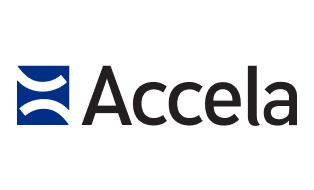Residents entrust government to ensure that new developments are safe and within planning guidelines. That’s a big job that requires staff and a lot of processes. Government technology helps reduce the effort with automation and increased access to digital services; however, the need for improvement is never-ending. For Olmsted County, continual improvement and innovation improved citizen service and efficiency.
Olmsted County has a population approaching 200,000 across 655 square miles and is home to Rochester, the third largest Minnesota city and the county seat. The County is a leader in innovation, utilizing modern technology for process automation early on. It began using the Accela Civic Platform in 2007 to manage permitting processes jointly with the City of Rochester. Recently, they moved to their own instance of the Accela Civic Platform to innovate further.
Integration as the key
Software integrations are a critical component of improving customer service and staff productivity. The County added integrations from Accela to their tax system and Esri mapping solution; however, their recently added integrations for payments and document management are the most “life-changing”, as Jennifer Garness of Olmsted County put it in a recent customer session at Accela’s annual Accelarate conference.
With the move to Accela’s Civic Platform, the County began accepting online payments, both credit card and e-check (ACH), and have already surpassed the 50% mark for permits paid online. Then the County added the Velosimo integration to their cashiering system, iNovah, for easy, fast, and error-free payment processing by staff and the elimination of manual steps.
“It’s instantaneous, look how quickly that happens. All the information is here and (the fees are) paid,” noted Jennifer, as she demonstrated how easy payments are to process now.
The County then turned its attention to the very long and error-prone document management process with development permits. There were a great number of manual steps to ensure data and documents were available to all staff and citizens from multiple county systems, including numerous scans and entering the same data four times. From the initial application processing to ongoing updates, staff had so many manual steps they would forget or delay action, resulting in lost or incorrect information and documents.
Once the County integrated the Velosimo connector for the Accela Civic Platform to Laserfiche, staff scans once, and everything else is auto-updated across systems.
“It’s a huge time saver. All the extra steps staff would need to do or forget to do are gone. It saves a considerable amount of time,” said Jennifer. “By automating Laserfiche folder creation and data synchronization, process steps were cut in half and employee file management time increased by 90%.” Jennifer goes on, “We are now maximizing our staff’s time when entering permits and applications into Accela by connecting various systems and having them do all the work behind the scenes immediately rather than having our staff double inputting and file transfers which creates inconsistency and human error.”
Now residents and staff are happy, and the County has fewer errors and reduced staff effort. Olmsted County is an excellent example of government embracing continual innovation to increase service levels while decreasing operational costs, and it’s representative of the efficiencies that can be achieved when partners within the Accela ecosystem work together.




